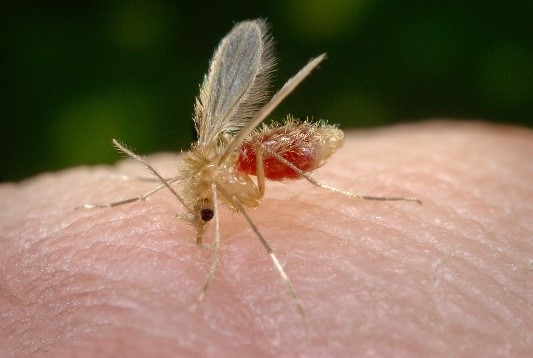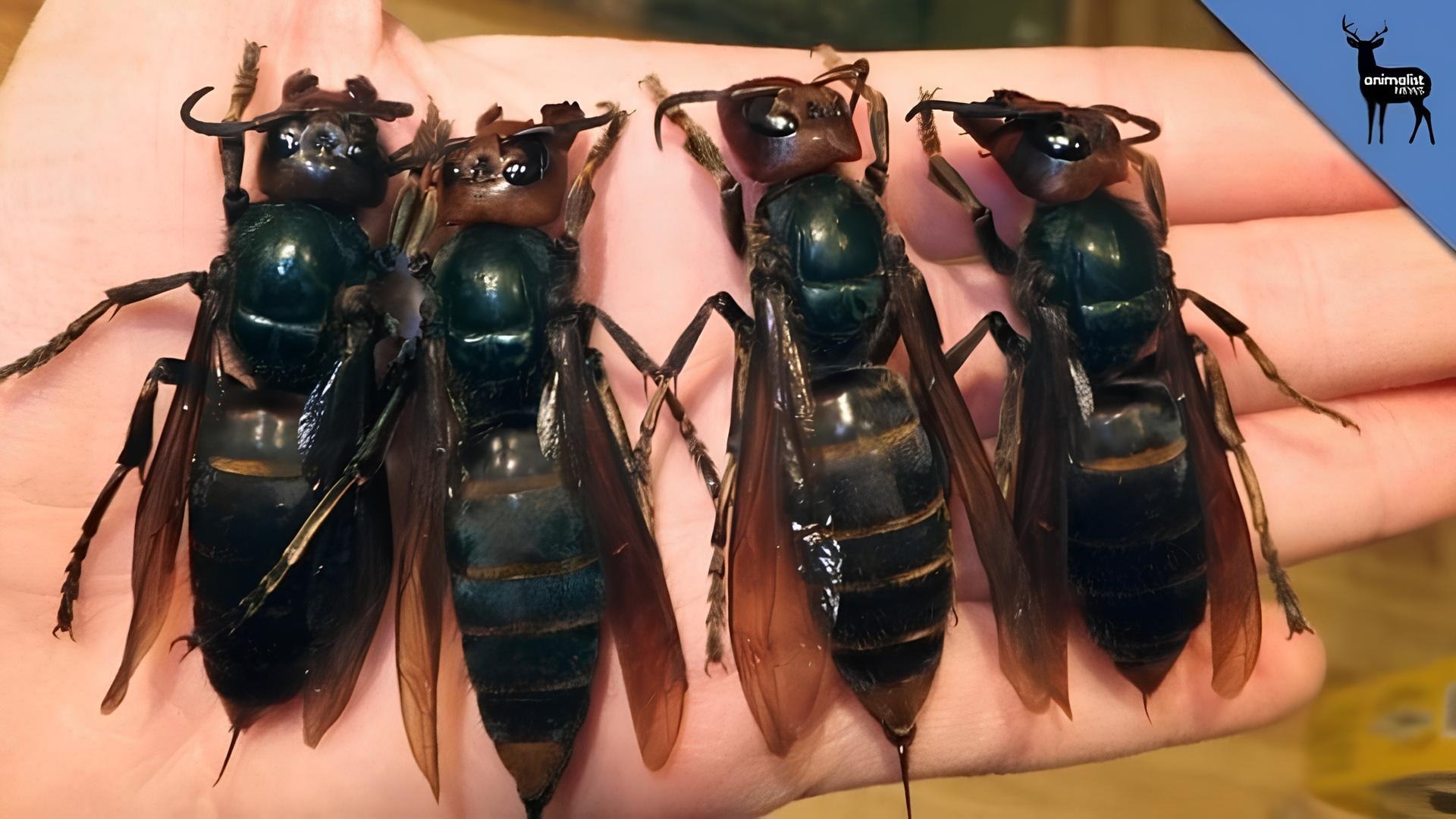In recent years, public concern over dangerous insect species has grown, particularly with the emergence of aggressive non-native species and rising cases of insect-borne diseases. Among these are the Asian giant hornet (Vespa mandarinia)—also nicknamed the “murder hornet” in some media—and the mosquito, long regarded by experts as the most dangerous insect to human health globally.
This article explores the real risks posed by these insects, their biological behavior, and how science-based monitoring and public health efforts are working to control their spread and minimize threats to ecosystems and human populations.
The Emergence of the Asian Giant Hornet in the United States
The Asian giant hornet, native to parts of East and Southeast Asia, was first identified in the United States in Washington State in late 2019, according to the Washington State Department of Agriculture (WSDA). Its presence sparked concern due to its potential impact on honeybee populations and the broader environment.
These hornets can grow up to 2 inches (5 cm) long, making them the largest hornet species in the world. Their large size, powerful mandibles, and venomous sting make them formidable predators—particularly of honeybees, which are critical pollinators in North American agriculture.
Key Characteristics of the Asian Giant Hornet:
- Scientific Name: Vespa mandarinia
- Size: Up to 5 cm in length with a wingspan of over 7 cm
- Appearance: Yellow-orange head, large eyes, dark brown thorax, and black-and-yellow striped abdomen
- Behavior: Defensive around nests; capable of stinging multiple times
- Impact: Can destroy honeybee hives in hours; poses ecological risks to pollination systems
Confirmed Sightings and Containment
The most recent confirmed sightings of Asian giant hornets in the U.S. occurred in 2021, according to the WSDA and USDA Animal and Plant Health Inspection Service (APHIS). Since then, no new colonies have been documented, and containment efforts have included:
- Setting traps and monitoring devices
- Using radio tags to track hornets back to nests
- Eradicating nests located in northern Washington
Despite media headlines, experts stress that these hornets pose a low risk to humans, and fatalities are rare—usually limited to individuals with severe allergies. The Centers for Disease Control and Prevention (CDC) states that while their stings are painful, the average person is not at significant risk unless stung multiple times or severely allergic.

Mosquitoes: The World’s Most Dangerous Insect
While the Asian giant hornet raises ecological concerns, mosquitoes remain the most lethal insect species to humans due to their ability to transmit vector-borne diseases. According to the World Health Organization (WHO), mosquitoes are responsible for over 700,000 deaths annually, largely through the spread of diseases like:
- Malaria (caused by Plasmodium parasites)
- Dengue Fever
- Zika Virus
- West Nile Virus
- Yellow Fever
- Chikungunya
How Mosquitoes Transmit Disease
Only female mosquitoes bite humans, using specialized mouthparts to draw blood. During this process, they inject saliva containing anticoagulants to prevent clotting. If a mosquito is infected with a virus or parasite, it can transmit the pathogen directly into the bloodstream of its host.
For instance:
- The Anopheles mosquito is the primary vector for malaria.
- The Aedes aegypti and Aedes albopictus mosquitoes are known vectors for dengue, Zika, and chikungunya.
- The Culex species transmits West Nile virus and Japanese encephalitis.
These infections can cause a range of symptoms, from fever and fatigue to severe neurological complications and death in untreated cases.

Other Notably Dangerous Insects
Although mosquitoes top the list, several other insects pose health threats due to their capacity to carry and transmit disease-causing pathogens:
1. Tsetse Fly
- Region: Sub-Saharan Africa
- Disease: Sleeping sickness (African trypanosomiasis)
- Effect: Causes fever, confusion, motor problems, and can be fatal if untreated
(Source: World Health Organization)
2. Kissing Bug (Triatomine Bug)
- Region: Americas, especially Latin America
- Disease: Chagas disease (caused by Trypanosoma cruzi)
- Transmission: Feces near bite wound or mucous membranes
- Risk: May cause chronic heart or digestive disorders
(Source: CDC, Pan American Health Organization)
3. Sand Fly
- Region: Middle East, South America, and parts of Africa
- Disease: Leishmaniasis
- Impact: Causes skin sores and in some cases affects internal organs
(Source: WHO)
These insects are dangerous not due to aggression but because they are vectors—biological transmitters of disease from one host to another.

Protecting Ecosystems and Human Health
Addressing the threat of invasive species like the Asian giant hornet and managing vector-borne diseases caused by mosquitoes and other insects involves coordinated global efforts.
Key Strategies Include:
- Surveillance and Reporting: Public and government-led monitoring systems help track insect spread. The WSDA Hornet Watch program encourages residents to report sightings of suspicious insects.
- Biological and Ecological Control: Introducing natural predators, regulating imported goods, and managing habitats can help suppress invasive populations.
- Vaccination and Treatment: For diseases like yellow fever, vaccines exist. In other cases, antiviral medications, vector control, and community education remain the most effective tools.
- Public Awareness Campaigns: Educating communities about eliminating standing water (mosquito breeding sites), using repellents, bed nets, and wearing protective clothing has significantly reduced disease incidence in many countries.

Final Thoughts: Respecting the Role of Insects While Managing Risk
While headlines may sometimes exaggerate the threat of “killer” insects, it is important to distinguish between ecological danger, public health risk, and biological behavior. The Asian giant hornet, while concerning for its impact on bees, is not a common threat to humans. Mosquitoes, on the other hand, continue to be the deadliest insect to humans globally due to the diseases they transmit.
Understanding the science, using evidence-based approaches, and supporting global and local mitigation efforts are the best tools to protect both ecosystems and communities.
Verified and Reputable Sources:
- Centers for Disease Control and Prevention (CDC)
- World Health Organization (WHO)
- Washington State Department of Agriculture – Pest Alert
- USDA APHIS – Vespa mandarinia Monitoring
- National Geographic – Asian Giant Hornet
- Pan American Health Organization (PAHO)
